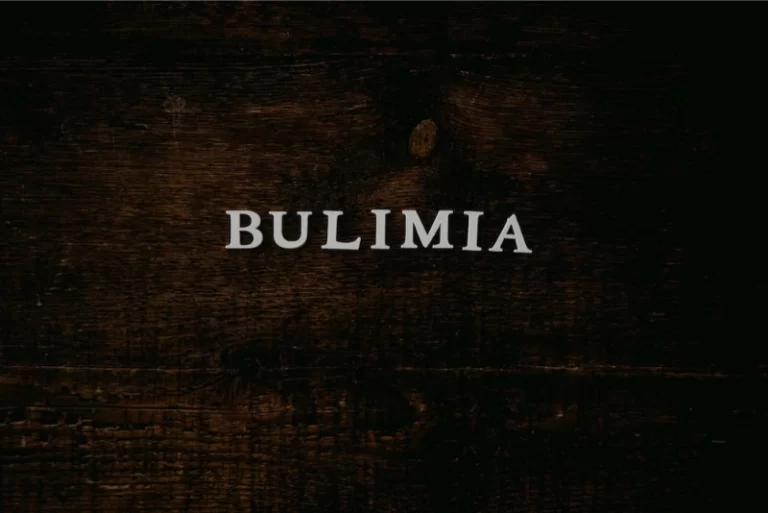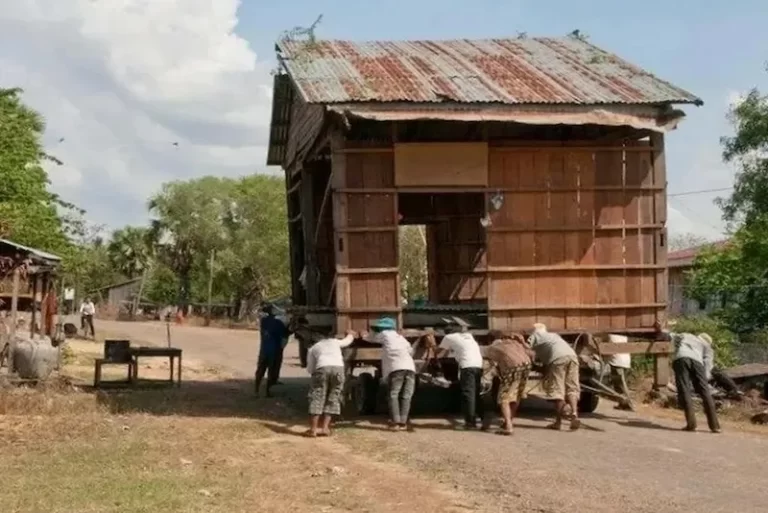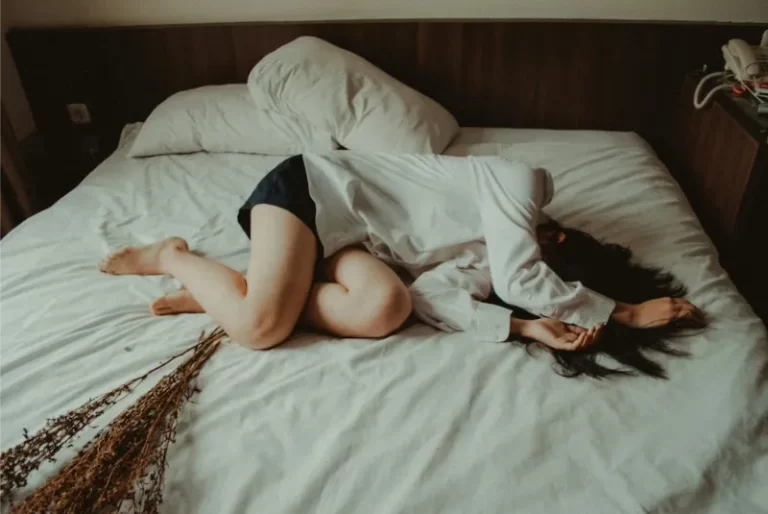Bulimia Treatment
My Journey to St. Ann’s
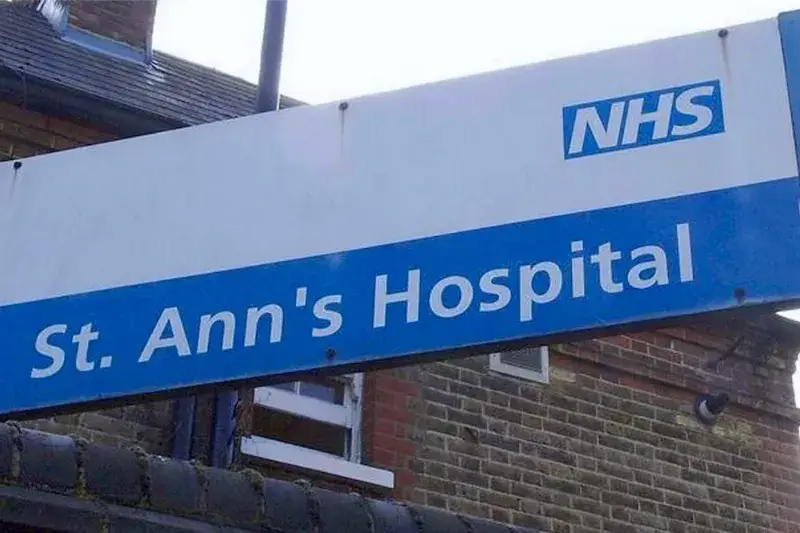
Bulimia treatment is tough. It’s draining, both physically and emotionally. Even the thought of attending an appointment can feel soul-destroying. When the day came for my first bulimia treatment session at St Ann’s, I asked my girlfriend to drive me. I couldn’t face going alone, and my car was too noticeable. I was shaking so much that driving was out of the question.
I also asked her to sit with me in the waiting room. If anyone I knew was there, I wanted to pretend I was supporting her, not the other way around. She understood completely and reassured me she’d do whatever it took to help me get better.
When my name was called, I followed a short, stocky man into a small room with just a chair and a desk. It wasn’t the kind of therapy room you see on TV. He introduced himself as Kiran.
Meeting Kiran
Kiran was calm, kind, and immediately put me at ease. After a brief chat, he handed me some paperwork to fill out. He explained that I couldn’t start bulimia treatment therapy until they’d assessed my answers and determined the best course of action. Based on our conversation, he suggested seeing me twice a week.
I explained that my work schedule – I’m a hairdresser with clients booked months in advance – made that impossible. After some discussion, we agreed on early morning sessions before my appointments began.
Three Days Later

Three days later, I returned for my next session. Again, my girlfriend drove me. She hated early mornings but was happy to support me.
During this session, Kiran told me I had bulimia nervosa. I asked, “What’s the difference between bulimia and bulimia nervosa?” He explained that due to the extreme frequency of my bingeing (eating large amounts of food) and purging – up to 10 times a day – I had bulimia nervosa, a more severe form of bulimia. Both are binge eating disorders, but bulimia nervosa is often linked to anorexia.
He then asked if I’d ever been anorexic. I wasn’t sure, but I recalled my mum’s friends once saying they thought her daughter was anorexic. I didn’t know what that meant at the time. Kiran also asked if I’d ever self-harmed, like cutting myself. I admitted to doing it “once or twice,” though his expression suggested he knew I was downplaying it.
If you’d like to know more about the symptoms and characteristics of bulimia nervosa, check outmy blog: Bulimia Nervosa – Discover 5 Devastating Effects On You.
Anorexia
Kiran’s question about anorexia stayed with me. I remembered being very skinny as a child, but I never thought much of it. It made me wonder – what causes bulimia and anorexia? Why do these disorders take such a hold on us?
If you’re struggling with similar thoughts, know that you’re not alone. Understanding the root causes of these disorders is a crucial step in recovery.
Books That Helped Me
During my recovery, I found books to be incredibly helpful. One that stood out was Recovery of Your Inner Child: The Highly Acclaimed Method for Liberating Your Inner Self. This book taught me four key skill sets to reconnect with my inner child and heal from past traumas. It’s a powerful tool for anyone looking to understand themselves on a deeper level.
Another invaluable resource was When Your Teen Has an Eating Disorder: Practical Strategies to Help Your Teen Recover from Anorexia, Bulimia, and Binge Eating. While it’s aimed at parents, I found its practical strategies and insights incredibly useful for my own journey.
My World Became Small
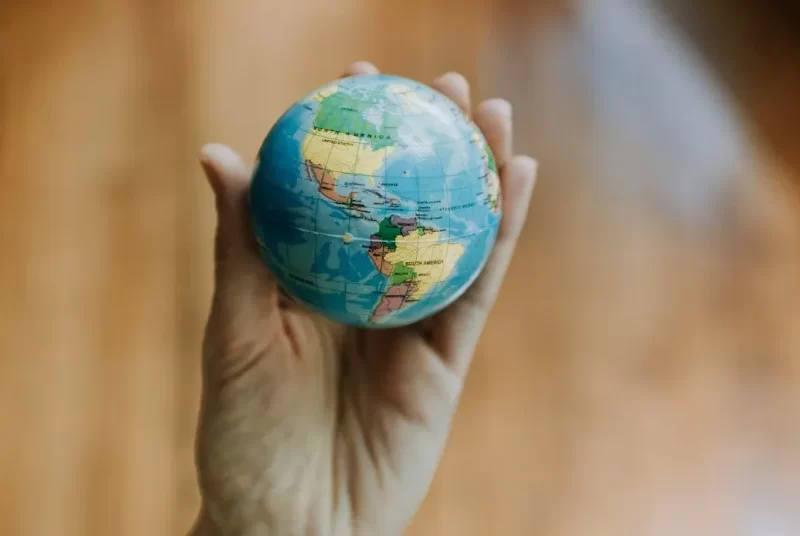
What I didn’t realise at the time was how small my world had become. It revolved entirely around me and my bulimia. My eating disorder consumed me. I reached a point where death didn’t scare me – I wanted to die. Bulimia controlled every aspect of my life.
The treatment brought up so many painful memories that living felt scarier than dying. I wasn’t allowed to talk about what I was going through with anyone – not my parents, not my brother. Every conversation became a lie. I wanted to scream, to end it all, but I also didn’t want to fail. I was determined to succeed, no matter how hard it got.
Two Years Later
It took a long time to get through my bulimia treatment. One of the biggest obstacles was my ability to disassociate. Kiran said I was the most challenging patient he’d ever worked with because of this. He’d never met anyone who could so completely switch off from their surroundings or experiences.
If you’d like to know more about my experience with dissociation, read my post: Dissociation.
Finally, Being Told I No Longer Needed Treatment
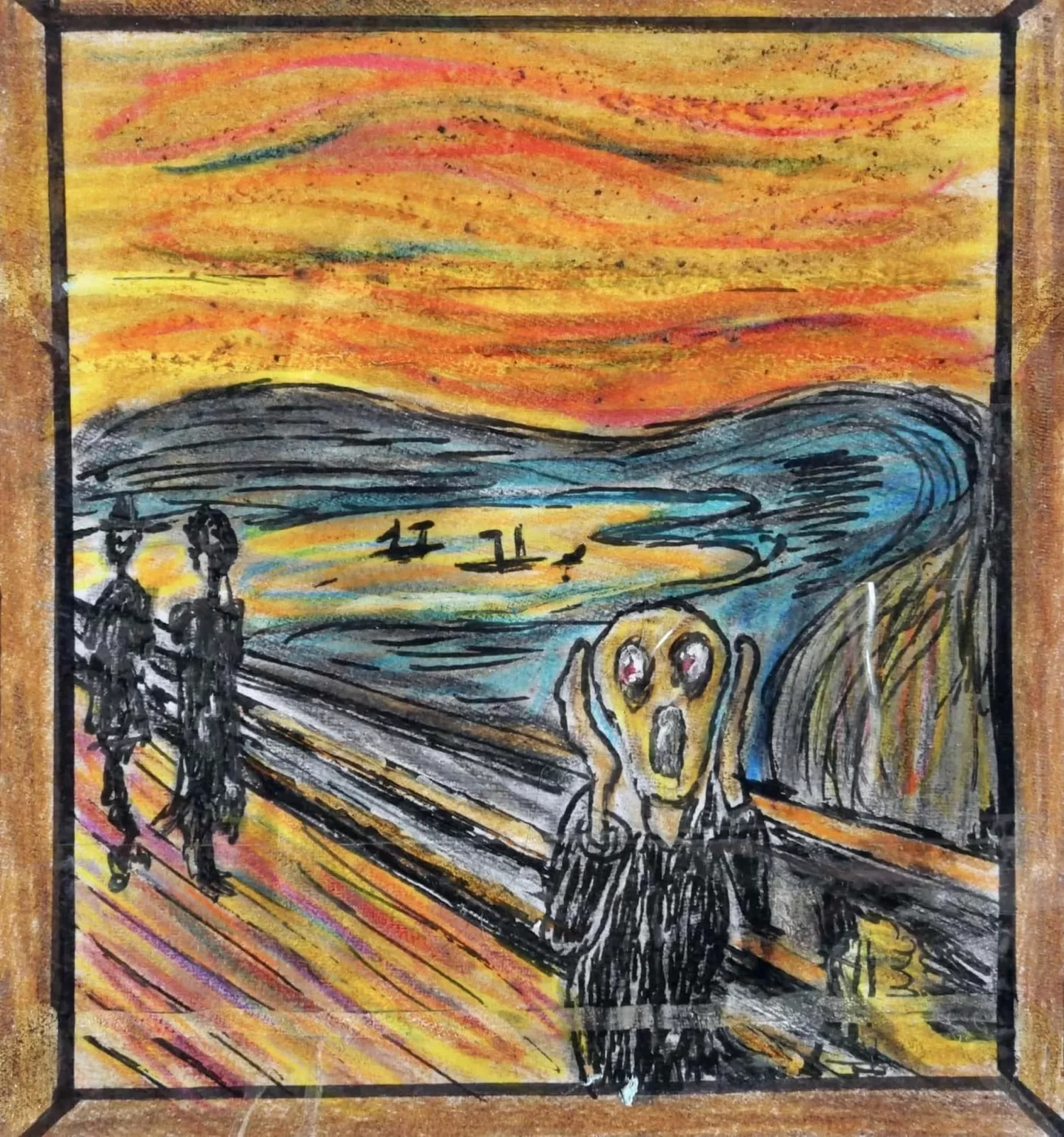
When Kiran told me I no longer needed treatment, I wanted to scream. I asked him how I was supposed to cope on my own. He reassured me that I had the strength to handle it. He reminded me of everything I’d already overcome and encouraged me to keep going.
He also suggested antidepressants to help with my depression and reduce the urge to vomit. He warned that for the first six months, I might not feel like eating much, as the tablets could make me feel nauseous. But this would make it easier to manage on my own.
Takeaway
Bulimia nervosa can cause serious physical damage, from tooth decay to heart disease and digestive issues like irritable bowel syndrome (IBS). It’s crucial to seek help as soon as possible if you think you might have bulimia.
Don’t wait, as I did, until someone discovers you throwing up. I felt shame and believed my friends were being cruel when they urged me to get help. Deep down, I knew most people don’t throw up regularly – otherwise, I wouldn’t have felt that shame.
If you’re struggling, reach out. You don’t have to face it alone.
Getting Help No Matter Where You Are
If you’re reading this and thinking, “But what if I’m not in the UK? What if there’s no St. Ann’s near me?” – please know that help is available wherever you are. Eating disorders are a global issue, and there are resources and support systems in place worldwide.
Here are some ways to get help, no matter where you live:
- Online Therapy and Counselling
Many organisations offer virtual therapy sessions, so you can access professional help from the comfort of your home. Platforms like BetterHelp, Talkspace, or local mental health services in your country often provide online counselling tailored to eating disorders. - Helplines and Support Groups
There are international helplines and support groups specifically for eating disorders. For example:- Beat Eating Disorders (UK) offers a helpline and online support groups.
- National Eating Disorders Association (NEDA) (USA) provides a helpline, chat services, and resources.
- Butterfly Foundation (Australia) offers support via phone, email, and online chat.
- Books and Self-Help Resources
If therapy isn’t immediately accessible, books can be a lifeline. Two that helped me immensely are:- Recovery of Your Inner Child: The Highly Acclaimed Method for Liberating Your Inner Self – this book teaches you how to reconnect with your inner child and heal from past traumas.
- When Your Teen Has an Eating Disorder: Practical Strategies to Help Your Teen Recover from Anorexia, Bulimia, and Binge Eating – while aimed at parents, its practical strategies are helpful for anyone struggling.
- Online Communities
Sometimes, knowing you’re not alone can make all the difference. Online forums and communities like Reddit’s r/EatingDisorders or dedicated Facebook groups can provide peer support and shared experiences. - Reach Out to Local Healthcare Providers
Even if you’re in a remote area, most countries have healthcare systems that can refer you to specialists. Start by talking to your GP or a trusted doctor – they can guide you to the right resources.
You’re Not Alone

Wherever you are in the world, please remember that you’re not alone. Eating disorders thrive in isolation, but recovery is possible with the right support. Don’t wait for someone to notice – take that first step today. Whether it’s reaching out to a helpline, joining an online community, or simply opening a book, help is out there.
If you’re unsure where to start, leave a comment below or send me a message. I’m here to help point you in the right direction.

